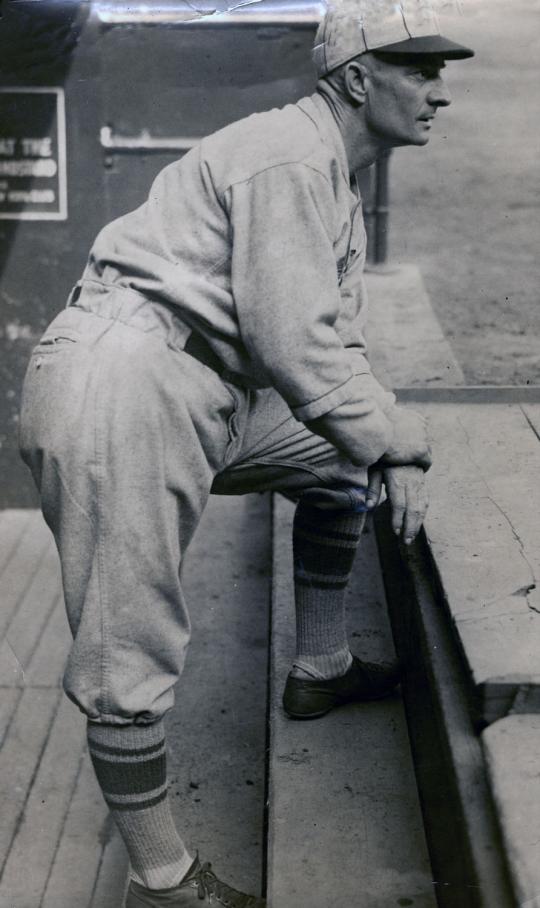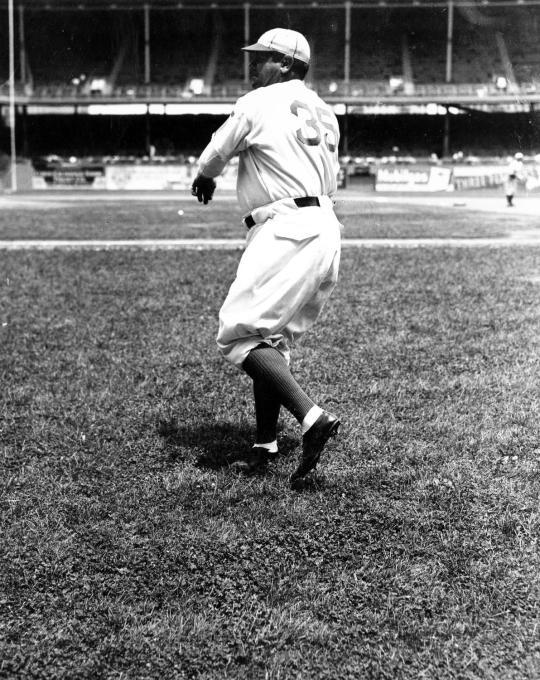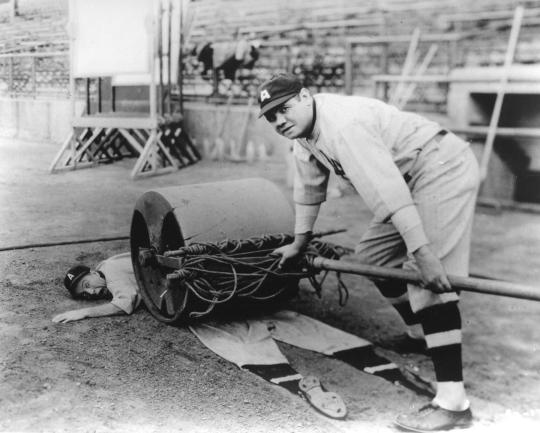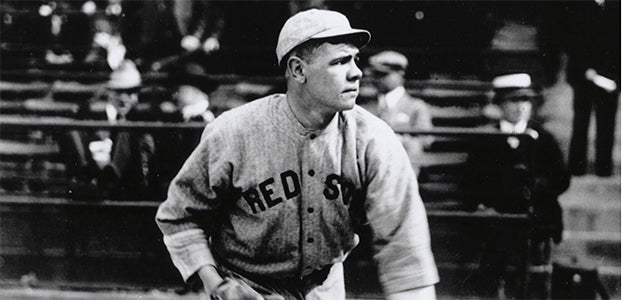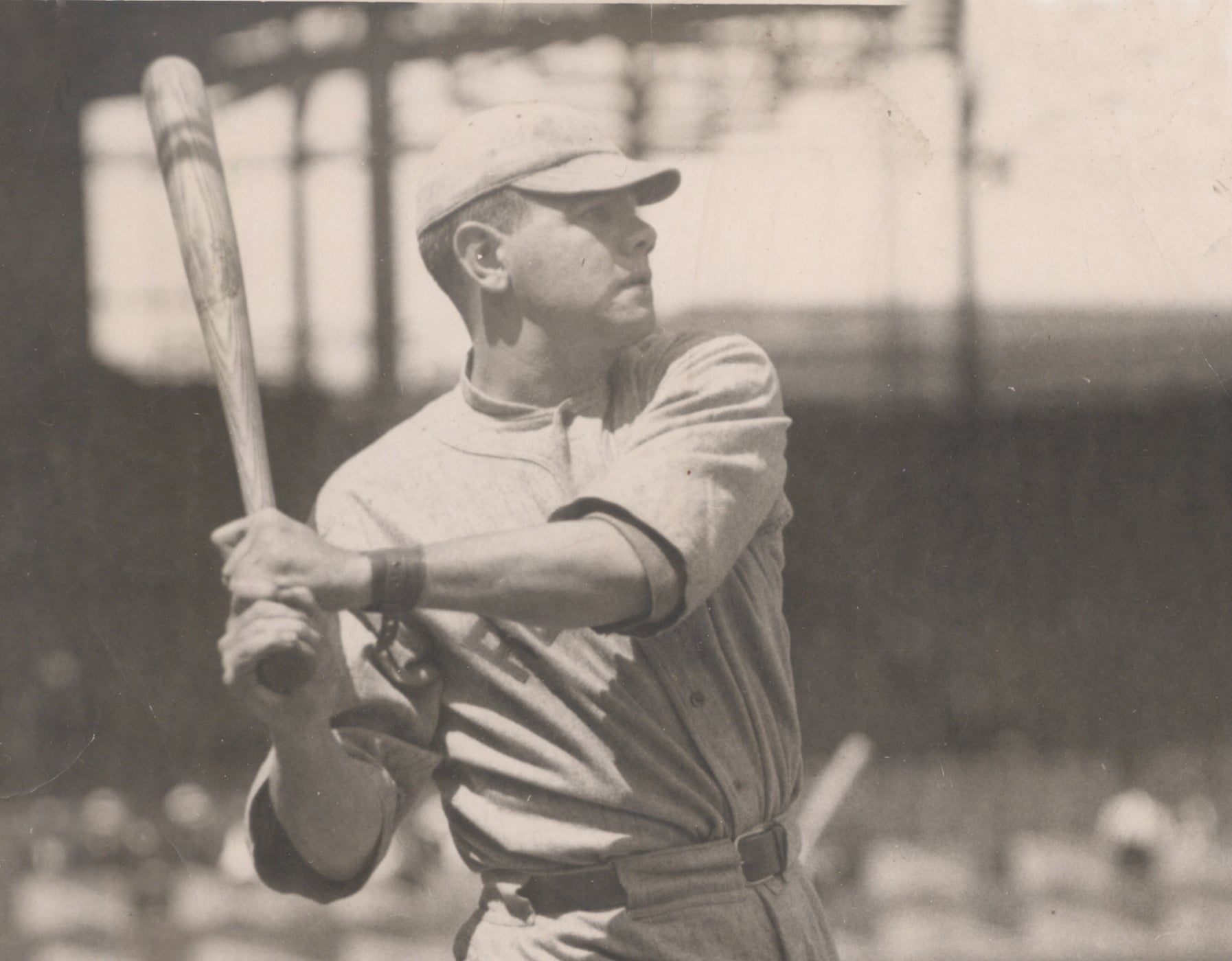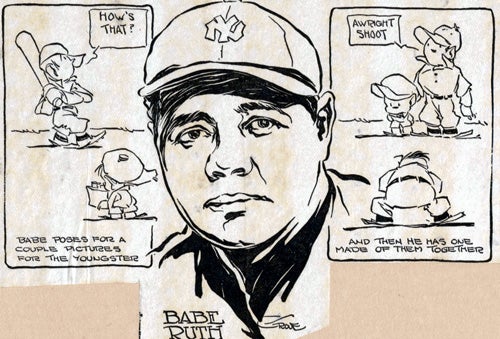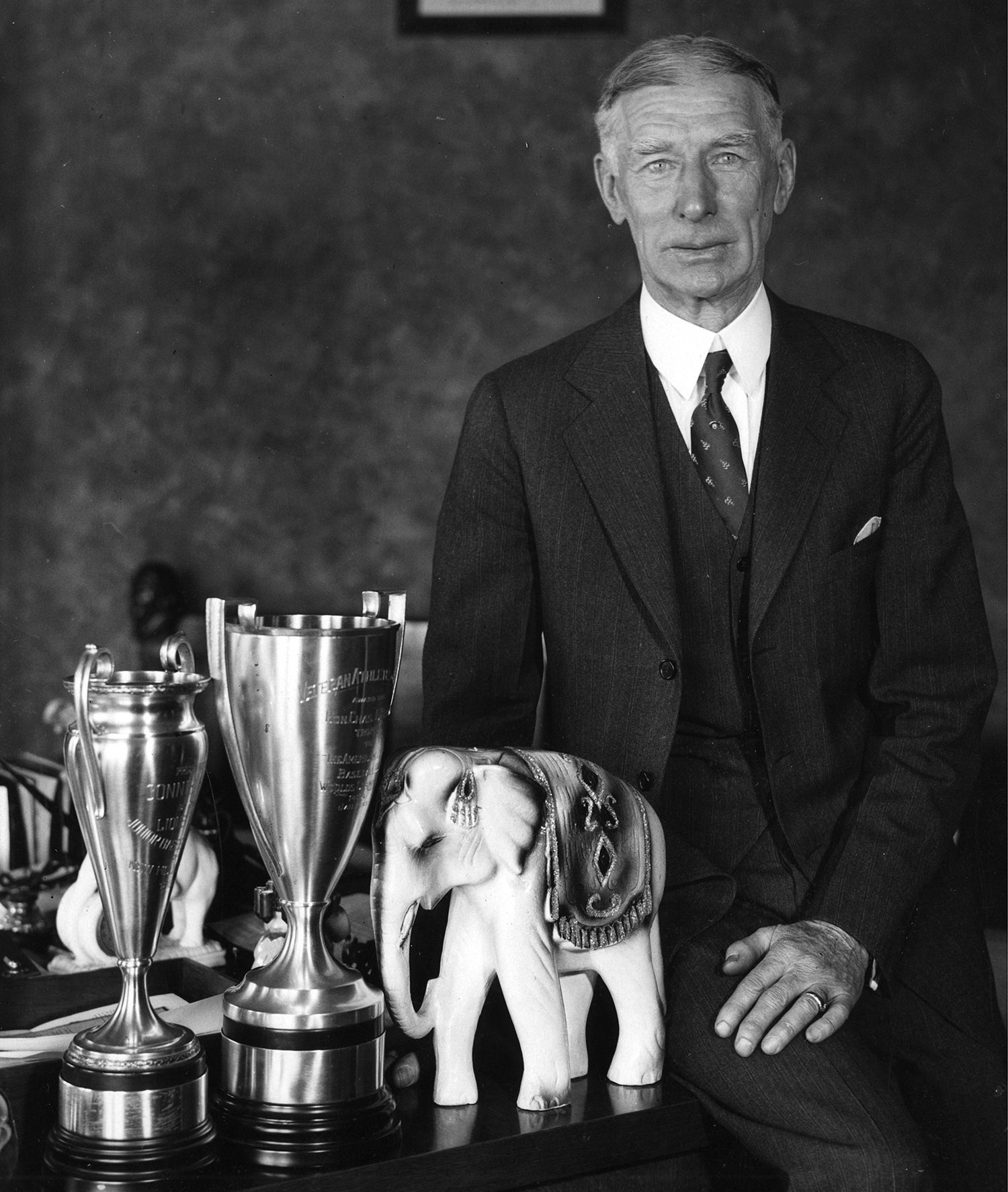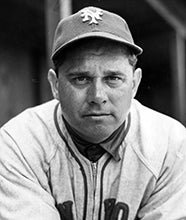- Home
- Our Stories
- Ruth released by Yankees, signs with Braves
Ruth released by Yankees, signs with Braves
The story merited the biggest front-page headline in the Feb. 27, 1935, edition of The Boston Globe, relegating the biggest news of the day to secondary status.
“Boston Fans Hail Ruth’s Return,” announced The Globe, with a story that continued inside with photos and more coverage that took up nearly a full page.
The day before, the New York Yankees had released Babe Ruth from his contract, and the Bambino quickly signed a three-year deal with the National League’s Boston Braves to be their assistant manager, second vice president and star player. Rumors circulated that Ruth would soon become the Braves manager. But Bill McKechnie, who had managed the Braves since 1930, stood firm as the club’s skipper. “The Babe would help any ball club,” McKechnie told The Globe. “He wouldn’t be worth a plugged nickel to us if he didn’t get into that uniform and go up there to bat. There has never been a ball club that could stand two managers and there never will be. I’m the manager until the club asks me to step down or I think it right to step down myself.” Ruth, who began his big league career in Boston before the Red Sox sold his contract to the Yankees prior to the 1920 season, was the biggest star in baseball in 1934 even as his career wound down.
At age 39 that year, he hit 22 home runs and drove in 84 runs for the Yankees – totals far off his peak but still significantly above league average.
American Leaguers like Philadelphia Athletics manager Connie Mack expressed regret that Ruth would now represent the National League, while NL players, managers and executives welcomed Ruth to the Senior Circuit.
“I think it will be a wonderful and profitable thing to have Ruth in the National League,” said New York Giants player/manager Bill Terry.
“He will be a big drawing card, especially in the National League cities he has not played. I believe there is still plenty of baseball in him.”
But for all the fanfare, Ruth’s tenure with the Braves was short.
He struggled at the plate and clashed with the front office – and was hitting .153 with three home runs and five RBI when play began on May 25, 1935. That day, Ruth took his final bow when he hit three home runs against the Pirates – in a game the Braves lost 11-7.
Five days later, Ruth played his final game – ending the season with a .181 batting average in 28 games and never receiving a chance to manage the team.
A little more than eight months after his last game, Ruth was elected to the Hall of Fame as a member of the inaugural class in Cooperstown.
Craig Muder is the director of communications for the National Baseball Hall of Fame and Museum

